Methylene blue is a synthetic over-the-counter and prescription medication with potent antioxidant, antiviral, and oxygen-boosting properties.
Discover six incredible methylene blue benefits and learn about the potential side effects of using this unique compound.
What is methylene blue?
Methylthioninium chloride, widely known as methylene blue, is a synthetic liquid drug with a vibrant blue color. It contains various compounds, including carbon, chlorine, hydrogen, nitrogen, and sulfur.
Methylene blue was first developed in the 1870s and used as a textile dye. However, scientists soon discovered its therapeutic effects on malaria and its antibiotic and antipsychotic potential.
Since the 19th century, methylene blue has been used to treat carbon monoxide and cyanide poisoning, as well as methemoglobinemia, a rare condition that affects the blood’s ability to transport oxygen.
Additionally, methylene blue has neuroprotective properties that may help support healthy brain function and potentially lower the risk of Alzheimer’s and Parkinson’s disease. Methylene blue supplementation may also improve mood, memory, focus, and fatigue.
Watch the video below to learn more about the health benefits of methylene blue.
How does methylene blue work?
Mitochondria are cellular organelles necessary for sustaining life. These organelles convert food into adenosine triphosphate (ATP), the body’s main energy currency, through a process called mitochondrial respiration.
Mitochondrial dysfunction is linked to a range of health concerns, including fatigue, cardiovascular conditions, neurodegenerative diseases, and gastrointestinal problems.
Methylene blue improves mitochondrial energy metabolism by acting as an artificial electron carrier in the electron transport chain (ETC), a series of proteins embedded in the inner membrane of mitochondria.
Electron carriers shuttle electrons between molecules for energy conversion. Methylene blue works by increasing mitochondrial respiration and transporting electrons through the ETC to release energy.
Methylene blue also helps improve mitochondrial function by boosting oxygen metabolism and transport, necessary for mitochondrial respiration and cellular energy production.
This unique drug enhances key mitochondrial biochemical pathways and improves oxygen transport by converting abnormal blood cells to normal blood cells, referred to as hemoglobin.
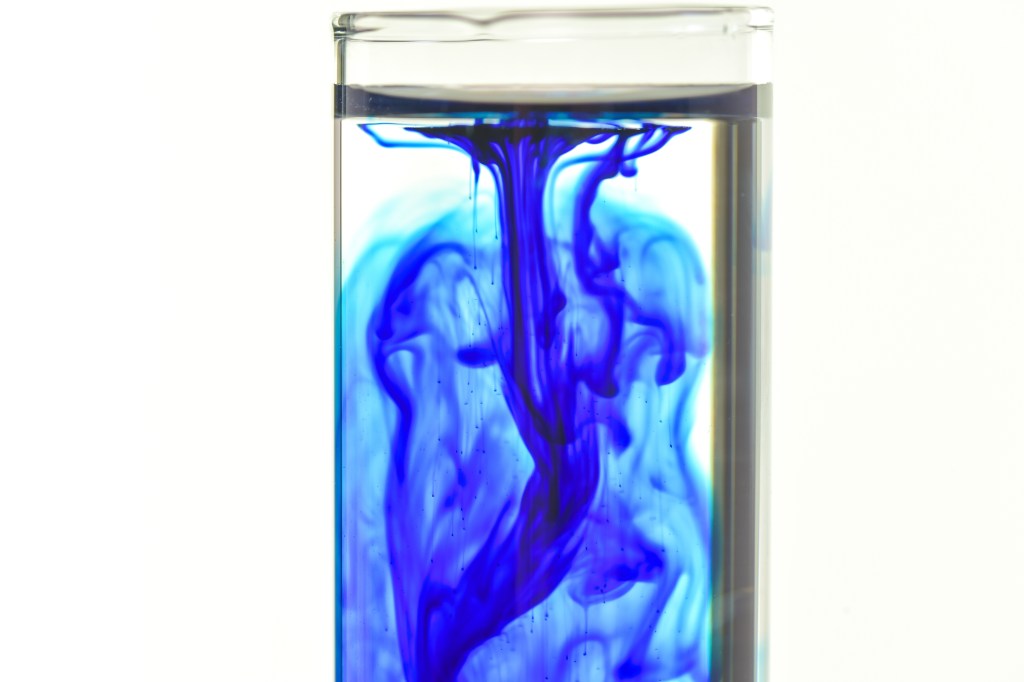
6 benefits of methylene blue
Methylene blue is approved to treat methemoglobinemia. It’s also used in emergency rooms to manage carbon monoxide poisoning and to inhibit nitric oxide, which contributes to septic shock.
In low doses, supplemental methylene blue acts as an anti-inflammatory and antioxidant agent that may support various bodily functions.
Here are six incredible benefits of methylene blue.
1. May improve depression
Methylene blue can increase the release of neurotransmitters in the brain, including dopamine, norepinephrine, and serotonin.
These neurotransmitters are chemical messengers that help regulate mood and are widely known as feel-good hormones.
A study published in Biological Psychiatry found that daily methylene blue supplementation had potent antidepressant effects in those with severe depressive illness.1
In addition, methylene blue may improve anxiety in those with bipolar disorder.
2. Supports cognition
Pharmaceutical-grade methylene blue can cross the blood-brain barrier and may help reduce oxidative stress in the central nervous system.
“Methylene blue is very effective in tissues that demand high amounts of oxygen, such as the brain,” explains Dr. Berg. “This shows promise in protecting against neurodegenerative diseases, such as Parkinson’s and Alzheimer’s disease.”
Research published in Cureus found that methylene blue has various neuroprotective benefits, including improving memory and cognitive function.2
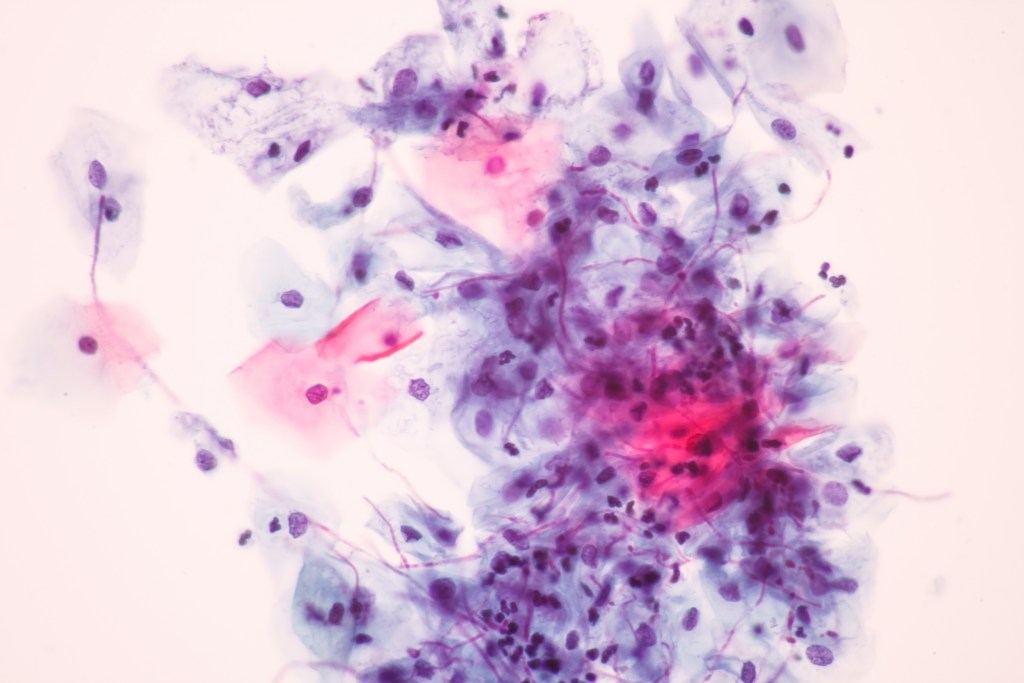
3. Antimicrobial properties
Methylene blue has been shown to have antimicrobial effects against several fungi species and infectious bacterial strains.
A study published in the Journal of Orthopedic Surgery and Research found that methylene blue contains antimicrobial agents that inhibit the growth of candida species, Staphylococcus bacteria, and Escherichia coli (E. coli).3
These bacteria are associated with vaginal yeast infections, oral thrush, staph infections, and urinary tract infections (UTIs).
4. Antiviral effects
Methylene blue was first used to treat malaria in the 1890s. While it has mostly been replaced with other antimalarial drugs, methylene blue has shown effectiveness against viral infections, including the flu virus and severe acute respiratory syndrome (SARS).
A study published in Scientific Reports found that “Methylene blue displays virucidal preventive or therapeutic activity against influenza virus H1N1 and SARS-CoV-2 at low micromolar concentrations.”4
Methylene blue is still used in certain parts of Africa to manage malaria, where it has been proven highly effective and safe.
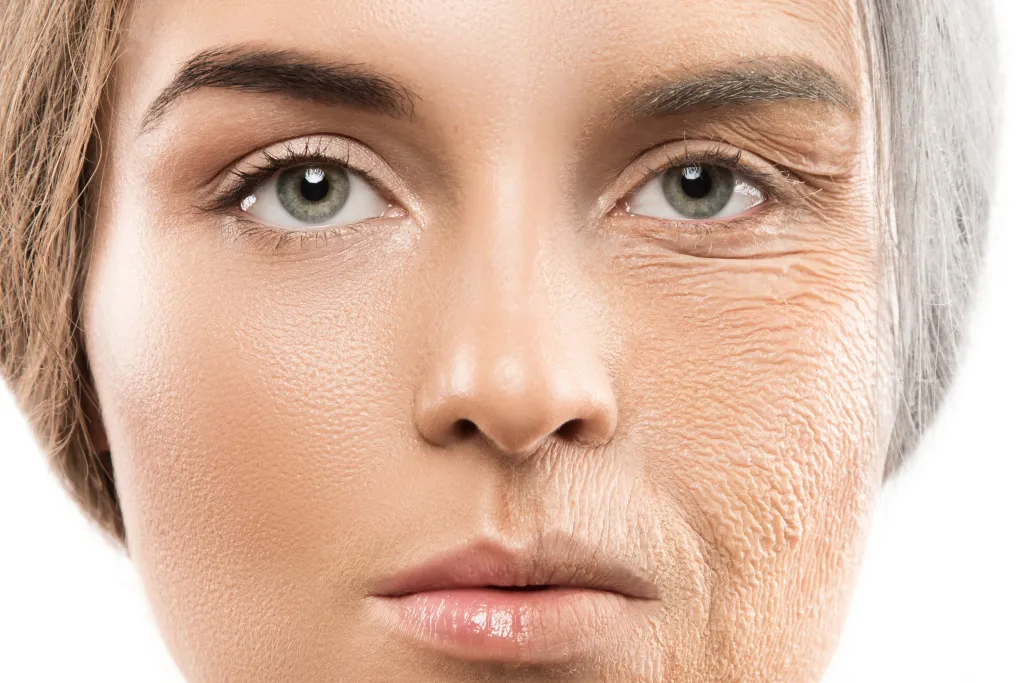
5. Anti-aging effects
Antioxidants play a crucial role in mitigating the detrimental effects of oxidative stress on skin health, potentially slowing down the aging process.
Methylene blue has been shown to have potent antioxidant effects, which may explain why it has been linked to improved skin appearance.
Research published in Scientific Reports found that methylene blue promotes wound healing while hydrating and thickening the skin, which thins with age due to reduced collagen production.5
Topical methylene blue application has also been used to manage psoriasis symptoms and provide psoriasis relief.
6. Potential anti-cancer benefits
Methylene blue may be an effective photosensitizing agent, a class of drugs used in photodynamic anticancer therapy. This therapy uses a combination of light and pharmaceutical drugs to destroy cancerous and precancerous cells.
Evidence published in Frontiers in Pharmacology found that photodynamic anticancer therapy with methylene blue reduced tumor sizes in various types of cancer, including carcinoma, colorectal cancer, and melanoma.6
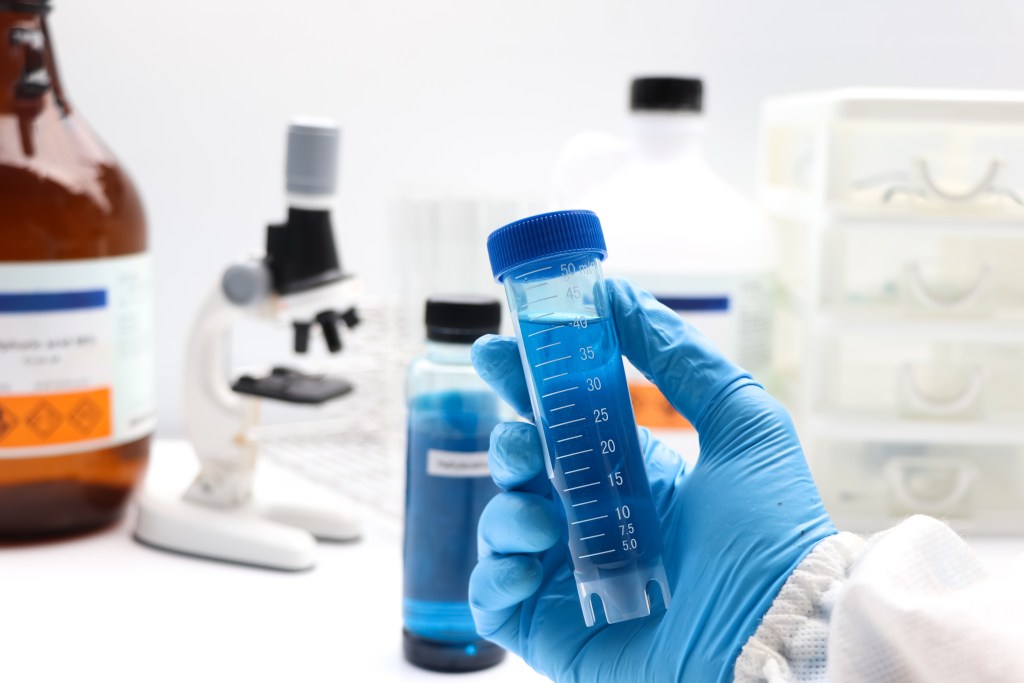
Potential downsides of methylene blue
Methylene blue’s most common side effect is discoloration, as it was initially used as a dye. Oral and intravenous methylene blue use can lead to a greenish-blue mouth, urine, and stool.
However, serious side effects may also occur, including drug interactions. Those prescribed selective serotonin reuptake inhibitors (SSRIs) should avoid methylene blue.
Combining methylene blue with SSRIs may cause serotonin syndrome. This potentially serious condition can lead to spasms, anxiety, agitation, confusion, and insomnia.
Methylene blue is unsafe for pregnant women as it has been linked to fetal harm and death. It also should be avoided while breastfeeding.
A study published in the Journal of Veterinary Pharmacology and Therapeutics found that methylene blue passes the blood-milk barrier in animals, increasing the risk of potential health issues in nursing offspring.7
Additionally, taking methylene blue with a glucose-6-phosphate dehydrogenase (G6PD) deficiency can lead to hemolysis anemia, a condition in which red blood cells are destroyed faster than they can be made.
This can affect the blood’s ability to carry oxygen through the body and may result in organ damage.
To minimize the risk of side effects or potential drug interactions, it’s crucial to discuss the use of methylene blue with a healthcare provider.
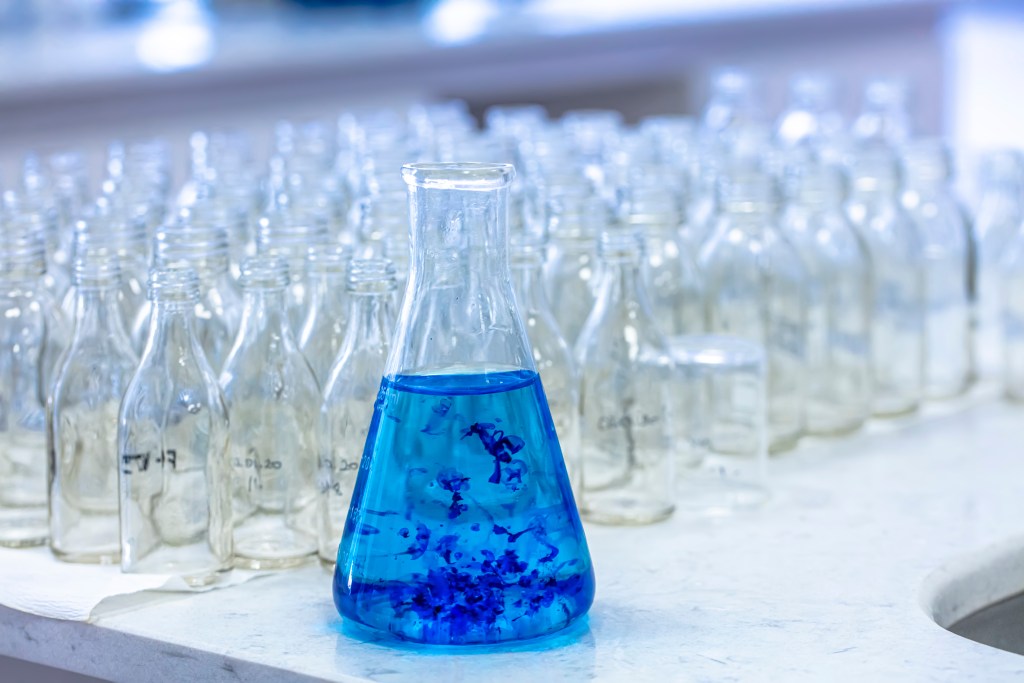
Key takeaways
Methylene blue is a vibrant blue synthetic drug that has been utilized in medicine for over 150 years.
Though it’s primarily used to treat methemoglobinemia, methylene blue benefits various bodily functions, including cognition and energy metabolism. It’s also been shown to have potent antiviral and antibacterial properties.
However, methylene blue is unsafe for pregnant or breastfeeding mothers and individuals taking certain prescription medications.
FAQ
1. What are the health benefits of methylene blue?
Taking methylene blue can benefit individuals with memory problems, poor sleep, and fatigue as it boosts cellular oxygen consumption in the brain. It may also help fight bacterial and viral infections and improve depressive symptoms.
However, those on selective serotonin reuptake inhibitors (SSRIs) should avoid methylene blue, as it can cause an overproduction of serotonin, which may lead to anxiety, agitation, and tremors.
2. Is methylene blue safe for daily use?
Yes, methylene blue can be safe for daily use at low doses and under medical supervision.
However, discussing supplementation with your healthcare provider is vital, as methylene blue may interact with certain medications.
3. What was methylene blue used for in the past?
Methylene blue was first used in the 19th century as a blue textile dye. Around 1890, methylene blue became the first fully synthetic drug used in medicine and was commonly used as an antibiotic, antipsychotic, and antimalarial drug.
4. What does methylene blue do to the brain?
Methylene blue crosses the blood-brain barrier and may support cognition by increasing brain cell respiration, which is essential for cognitive function.
This synthetic drug also can help improve cellular function by mitigating the effects of harmful free radicals linked to cognitive decline and neurodegenerative disorders, such as Alzheimer’s and Parkinson’s disease.
5. What are the disadvantages of methylene blue?
Those taking certain medications, such as SSRIs, should avoid methylene blue, as it may lead to severe drug interactions. Methylene blue also isn’t safe for pregnant or breastfeeding mothers and has been linked to fetal harm and death.
Additionally, taking methylene blue with a glucose-6-phosphate dehydrogenase (G6PD) deficiency can cause hemolysis anemia, characterized by rapid destruction of red blood cells.
6. What is methylene blue used for?
Methylene blue is typically prescribed to treat methemoglobinemia, a rare blood condition affecting hemoglobin’s oxygen-carrying capacity. Methemoglobinemia is characterized by fatigue, weakness, headaches, pallor, and seizures in severe cases.
7. Does methylene blue turn your mouth blue?
Yes, the most common side effect of intravenous and oral methylene blue use is discoloration. Taking methylene blue by mouth will leave the tongue blue for hours and may turn urine and stool a greenish-blue color.
Sources
- https://pubmed.ncbi.nlm.nih.gov/3555627/ ?
- https://www.ncbi.nlm.nih.gov/pmc/articles/PMC10631450/ ?
- https://pubmed.ncbi.nlm.nih.gov/36577990/ ?
- https://www.ncbi.nlm.nih.gov/pmc/articles/PMC8275569/ ?
- https://www.ncbi.nlm.nih.gov/pmc/articles/PMC5449383/ ?
- https://www.ncbi.nlm.nih.gov/pmc/articles/PMC10568458/ ?
- https://pubmed.ncbi.nlm.nih.gov/6708167/ ?







